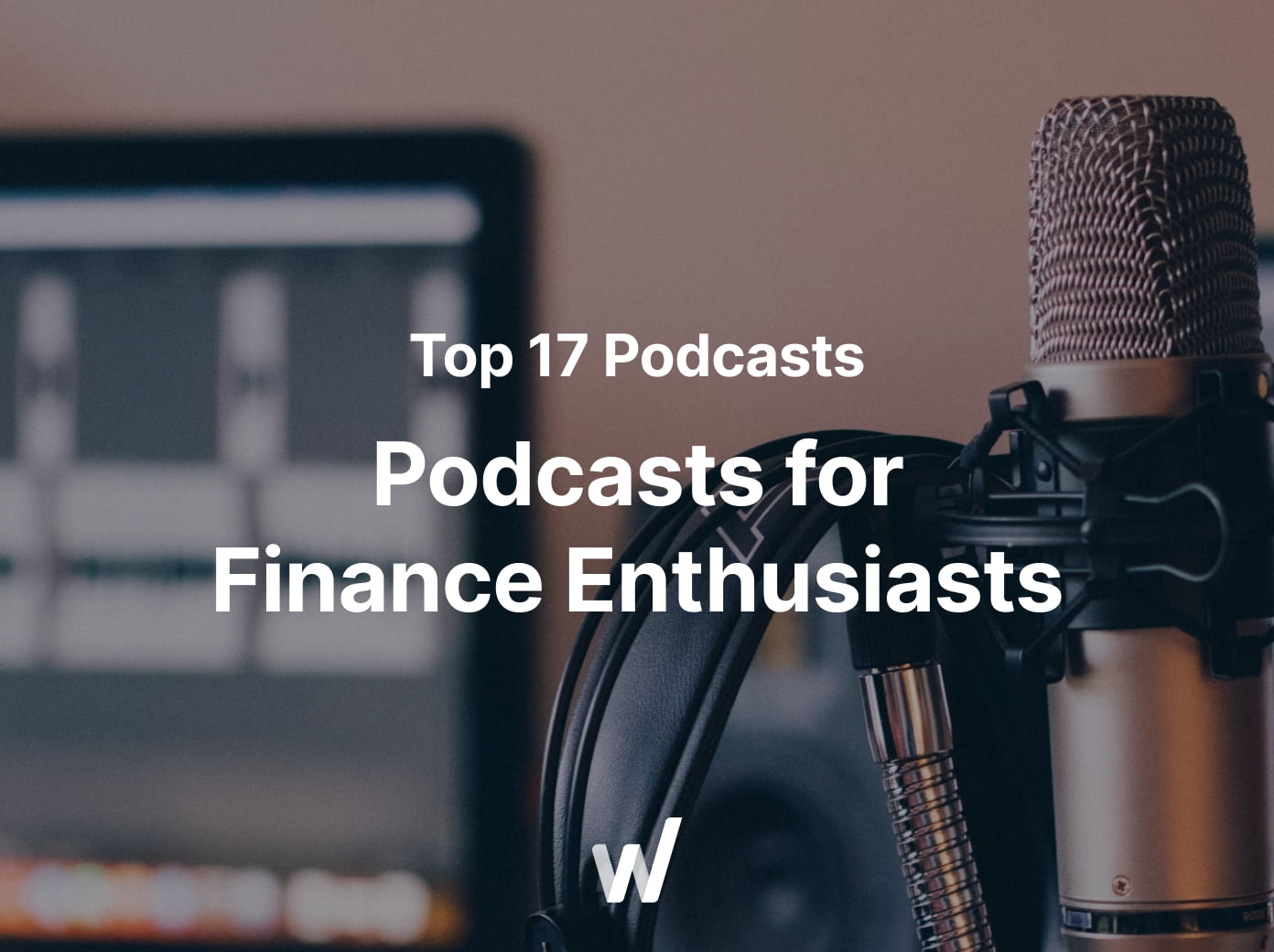Is 60/40 Portfolio Dead?
The 60/40 portfolio is struggling. Discover how 40/30/30 offers better diversification and resilience in today’s market.

For decades, the investment world has relied on the traditional 60% Equity/40% Bond portfolio split. There were periods of high returns and arguably periods of high risks, while many investors weathered the periods with this portfolio approach, acting as the anchor of portfolio construction.
However, the financial backdrop has changed dramatically since the GFC (Global Financial Crisis). Private markets, with their significant growth potential, have emerged as the new darling of institutional investors. In the search for higher-yielding opportunities, investors experimented with the best approaches to increase their exposure in private markets while at the same time achieving the right level of portfolio diversification. This shift represents a fundamental change from the long-standing 60/40 strategy. This blog post will show you the state of affairs, performance, and history of the 60/40 portfolio to determine why new frameworks, often asserted to offer a better and right-sized strategy, are necessary in the current settings of financial markets.
What is a 60/40 portfolio?
A 60/40 portfolio is a traditional investment strategy in which 60% is invested in stocks, and the remaining 40% is invested in bonds. This mix was considered as the backbone of portfolio strategies combining stocks' higher growth potential with bonds' relative stability. The supposed concept is that when equities are declining, fixed-income securities will have a better return, thus offering protection against volatility in the market and eliminating capital loss.
How 60/40 performed in the last decades
The 60/40 portfolio performance has been solid over the past few decades due to predisposing economic environments. It is a declared strategy based on history, which has returned approximately 8-9% annually. Other key factors that positively impacted the positive run on markets included steady economic growth and, most importantly, the environment of low and stable inflation that was friendly to the financial markets.

The 60/40 portfolio today
The 60/40 portfolio has been one of the most popular investment strategies for decades owing to its mixture of equity growth-focused stocks and steadier bonds. However, this basic blend poses considerable challenges in the present and complex financial environment. Inflation has gone up, and market risks and overall volatility have put a lot of pressure to deliver satisfactory returns and diversification investors expect.
How the 60/40 portfolio is suffering in terms of generating revenue and level of diversification?
The 60/40 portfolio has failed to generate adequate revenues for several years, especially for the last two years, where the volatility has significantly increased with macro variables pressuring economic growth and stability in the financial markets. The main culprit is that investors were exposed to decades of low interest rates led by major central banks. Once known as the invisible hand in the financial markets, major central banks have grown their balance sheets by printing trillions of dollars to keep the economic recovery intact since the financial crisis. This led to a gigantic money market and balance sheet operations, which led to a steep drop in bond yields, historically an instrument of a steady stream of income. This led to a situation where bond, nearly 40% of allocation in a trading portfolio, brings in considerably less income than it used to, reducing income in the 60/40 split.
Furthermore, it has gotten smaller than the diversification benefits implied by the 60/40 portfolio. Historically, it was a form of a hedge in the market; when equities were declining, bonds would usually rise in value, and the reverse was also true. Today, this movement of making the same product more readily available at higher levels of education is not seen to the same extent. For example, during market volatility such as the one that characterised the start of the COVID-19 Pandemic in March, which we will dive deep into at the end of this blog post, shares and bonds delivered poor performances. This concurrent decline further compromises the diversification that underpins the 60/40 portfolio risk management model.
Bond diversifiers are less reliable.
Equity in the context of bonds has long been the basis of the diversification process in a 60/40 model. They were regarded as savers during equity market risks or slumps. However, there are unidirectional risk diversifications in the existing economic structure, and bonds lack effectiveness as diversifiers. The primary challenge is low bond yield: when the benchmark yields are low, the volatility heightens even in small basis point changes. This issue was apparent in EU markets as the rates traded near zero for a decade. Low-interest yields forced investors to search for yield in riskier assets where the returns were unjustified and still are in many cases. Even in recent shift on the yield curve with inflation surging after the pandemic, bonds still trade at historic low levels.

Also, the inflationary environment is a significant bond risk because inflation directly impacts bond yields. It negates the purchasing power over the future pay for fixed income, which is usually associated with bonds, thus making them unattractive to investors. When inflation expectations increase or the probability of higher future prices increases, bond returns go down – thus diluting their status as an ‘anti-risk’ investment in a diversified portfolio. It has prompted many investors to search for other investment opportunities that provide better shelter and profitability.
Rebuilding resilience via alternatives
As these problems arise for the traditional 60/40 portfolio, investing in other asset classes, e.g. private equity, real estate, hedge funds, and commodities, has become necessary. These classes provide different risks and returns compared to stocks and bonds and can generate higher returns, correlate less with conventional markets, and act as inflation protectors.
The three D’s
- Diversification: These alternatives tend to have low correlations with traditional assets, further diversifying the portfolio. For instance, real estate and commodities appreciate in the market in a way that is dissimilar to stocks and bonds, thus being a tool to minimise risk.
- Downside protection: This is only one of the many strategies that can be employed in one’s portfolio to look for safety when the market is in the red. Specific investment vehicles, such as hedge funds, have a strategy that will generate earnings in a rising or falling market.
- Durable income: Alternatives can provide steady, often higher, and sometimes more reliable income than bonds. Real estate investment, for instance, may generate rental revenues and passive incomes, whereas private credit and VC can achieve significantly higher returns than public counterparts.
Finding a new balance with the rise of the 40/30/30 framework
As people have realised how stagnant and inefficient the 60/40 portfolio has become, the 40/30/30 one is gaining popularity among investors and advisors. This new rebalancement offers a distribution of 40% in equities, 30% in bonds, and 30% in the overlooked opportunities of alternative classes to attain growth and income diversification in the present market thesis.
New portfolio framework 40 equity/30 bonds/30 alternatives
The 40/30/30 is a much bigger break from the conventional 60/40 model than most people realize. Investors should identify a significant percentage and invest in the portfolio to beat the benchmark returns, lower the volatility and improve the diversification benefits. The equity part still has the growth factor, and at the same time, the bond has a little income and stability feature. The addition of measures brings in fresh types of return and associated risks.
How has this framework performed in the past decade, enhancing returns and lowering drawdowns?
Based on the 40/30/30 framework, the longevity of this approach has unfailingly revealed that it offers the best chance of increasing returns whilst minimising drawdowns over the last decade. The alternative source of income streams and protection during periods of economic challenge offered superior portfolio performance.
.png)
As for fluctuations, using alternatives has proved useful in protecting against sharp declines. Although diversified investors with a blend of equities, bonds, and other assets fared much better than their peers hitherto, the COVID-19 market crash and even the V-shaped recovery pointed towards even lower portfolios. This resilience is attributed primarily to the relatively low sensitivity and systematic risks of most nontraditional funds, which can dampen the effects of negative market shocks.
.png)
How have things changed since Covid?
The investment landscape has fundamentally changed the COVID-19 pandemic, hastening the need for diversified and resilient portfolios. Market volatility and economic uncertainty have drawn attention to the limitations of the 60/40 portfolio structure and highlighted significant alternative investments. Since then, strategy has changed towards a 40/30/30 configuration as investors try to fit into the new normal.
The COVID-19 market turmoil shows the importance of utilising alternative strategies such as downside protection and enhanced returns. For instance, during peak market volatility, private equities and real estate assets, which neither have daily fluctuations nor liquidity, showed some resilience. Moreover, commodities and hedge funds helped to diversify portfolios, thus making them more stable.
.png)
Embrace the change
As the investment world is evolving, our strategies should, too. Since the beginning, we have seen the traditional 60/40 portfolio, and even though it was effective in its prime time, now, it is struggling to meet modern challenges. Instead, the 40/30/30 framework will be the new norm with enhanced diversification and improved potential returns by including alternative investments. Many HNWIs and Family Offices have already embraced this shift in portfolio construction to sustain more resilient portfolios and achieve their long-term goals while successfully standing still in today’s complex financial markets.
Subsribe to our weekly newsletter
Get our Sunday morning newsletter with exclusive deals, portfolio updates, and private market insights delivered straight to your inbox.




